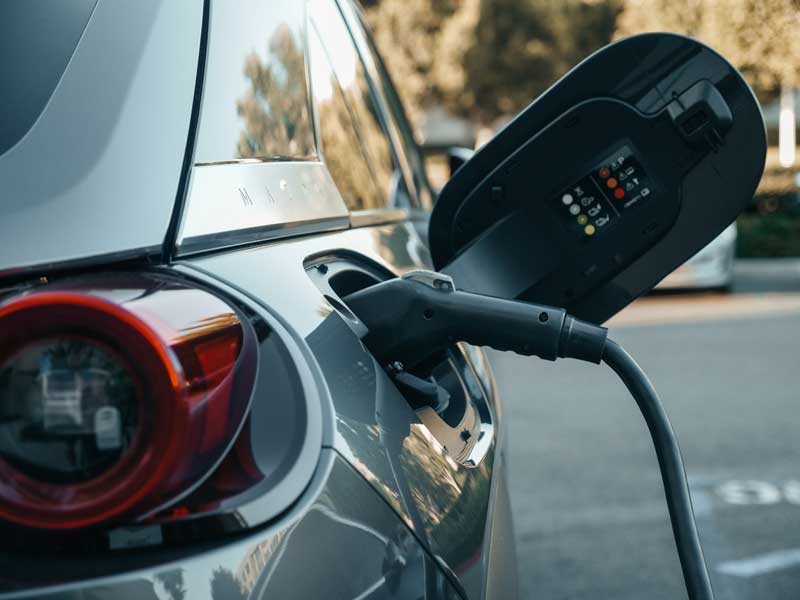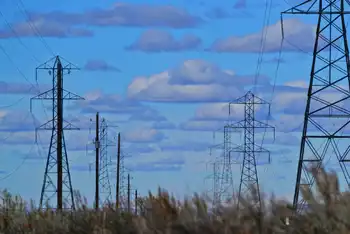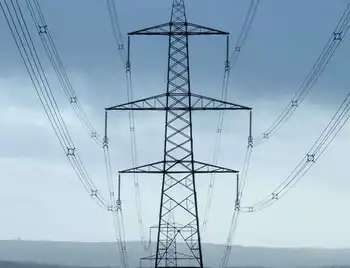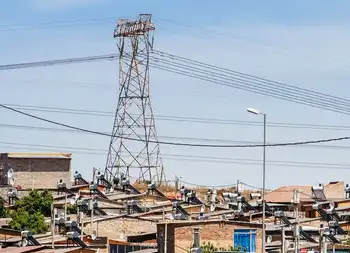Raft River construction completed
By Marketwire
NFPA 70e Training - Arc Flash
Our customized live online or in‑person group training can be delivered to your staff at your location.

- Live Online
- 6 hours Instructor-led
- Group Training Available
Construction activities associated with the Unit One plant were completed when the power plant contractor, Ormat Nevada, achieved substantial completion under the terms of the engineering, construction and procurement contract. The plant operated under a test phase of power production from October 18 to 23.
After a number of start-up mechanical issues were successfully addressed, the plant was restarted on November 22 and is continuing operations. Plant operations are dependent upon maintaining a sufficient pressure regime in the production wells. The operating staff continues to learn about each well's capabilities and the relationship of injection pressure to production.
The test phase is ongoing to allow for a fuller understanding of the geothermal resource capability. The net electrical power output of the plant is currently between 8 and 9 megawatts. With four production wells in operation, the maximum and minimum gross electrical output achieved by the plant to date was 14.4 and 9.5 megawatts respectively.
The maximum and minimum net electrical output achieved by the plant to date was 9.4 and 7.1 megawatts respectively. The output of the plant is being sold to Idaho Power Company and sales are limited to 10 megawatts average per month under the terms of the existing power purchase agreement. The plant is designed to produce an annual average net output of 13 megawatts.
Test power sold during this period is being purchased by Idaho Power Company under the terms of a 10-megawatt Public Utility Regulatory Policies Act ("PURPA") contract. Full energy prices will be paid when the plant achieves commercial operations. Delays caused by mechanical issues have extended the date when commercial operation will be achieved to within the next fifteen days.
Pending approval by the Idaho Public Utility Commission, a recently executed full-output contract is expected to take effect and replace the existing 10-megawatt PURPA contract.
Currently, four production wells and three injection wells are in service to the power plant. To achieve full output under the pending new contract, a number of technical issues are being addressed including installation of the fifth production well, evaluation of total injection well capacity and modeling of the resource pressure and temperature regime.











